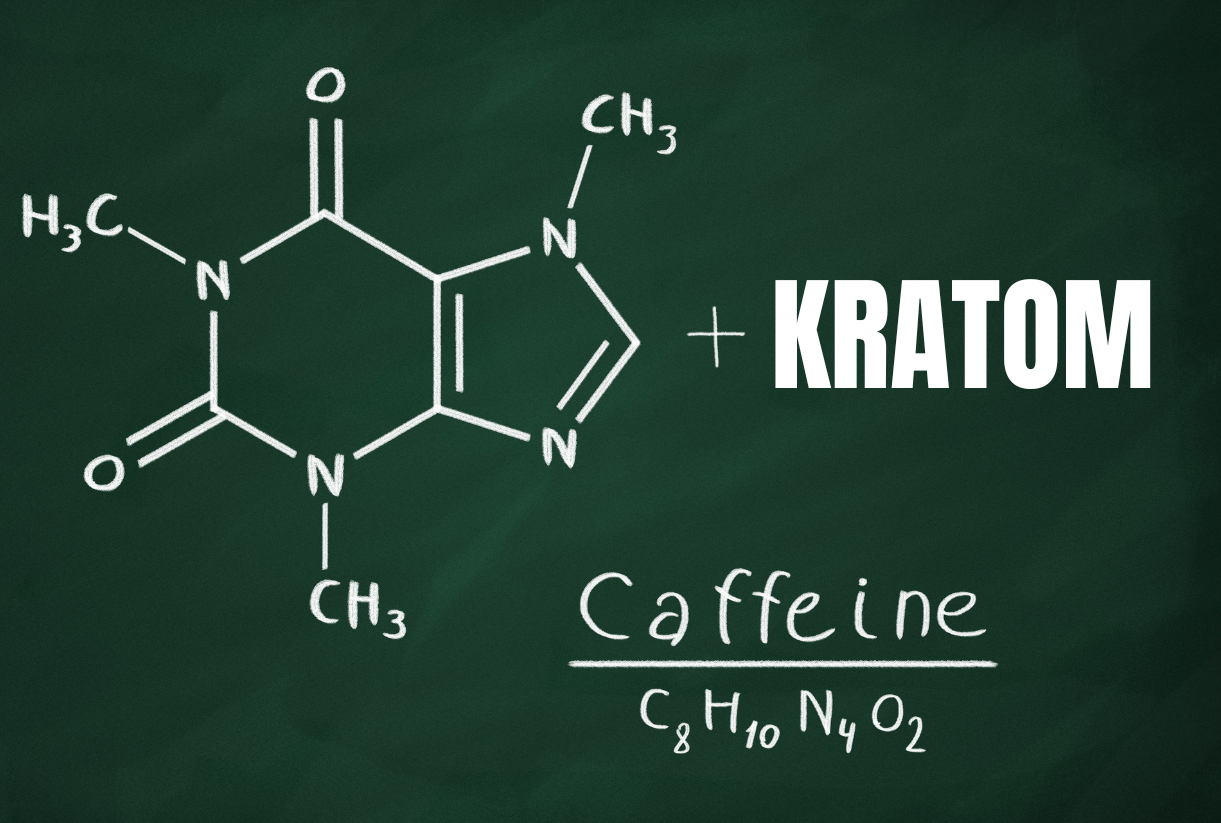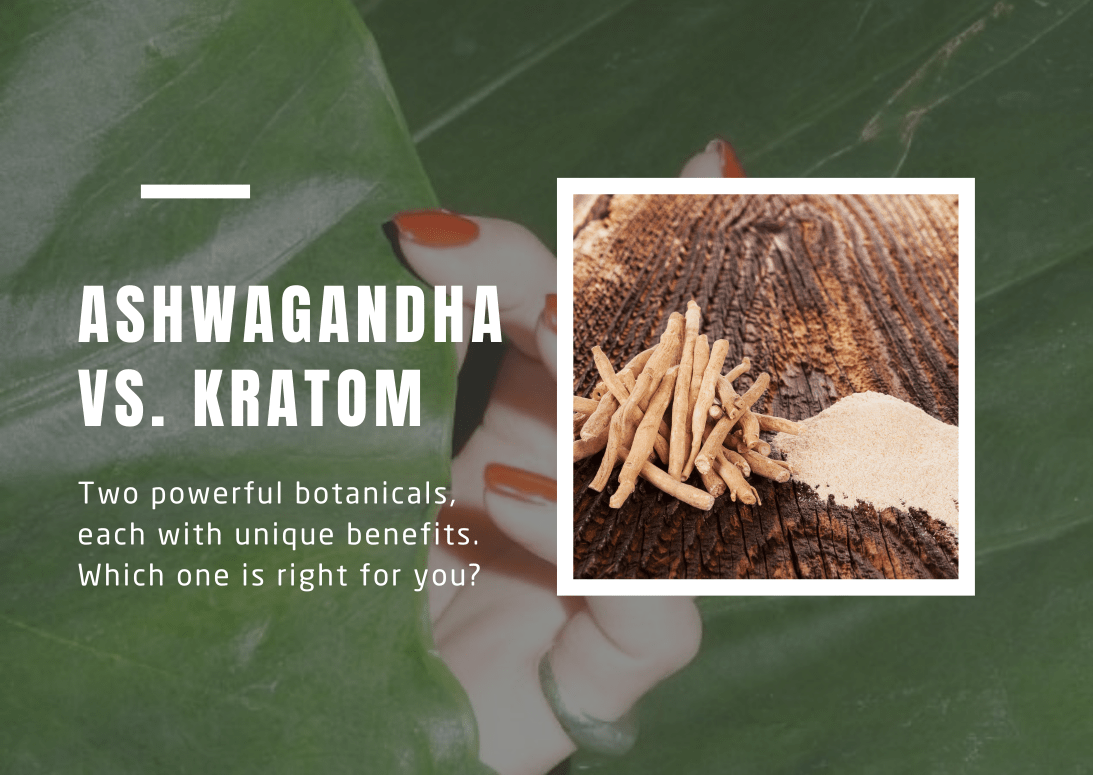Contents
Kratom: History, Science, and Regulation – What Every Consumer Should Know
- Written by David
- Updated on April 23, 2025
- Published on
- Kratom Mixing & Safety
TL;DR
Kratom, or Mitragyna speciosa, has been used for centuries in Southeast Asia as a natural remedy for energy, pain relief, and mood enhancement. As its popularity grows globally, understanding the history, science, and legal landscape surrounding kratom is essential for consumers. This blog post delves into its traditional uses, the active compounds that interact with opioid receptors, and the potential benefits, including support for opioid withdrawal and chronic pain management. However, while kratom is generally considered safer than traditional opioids, it can still lead to dependency if misused. The regulatory environment is complex, with varying laws across the U.S. and international considerations. Sensible regulation, including lab testing and labeling, is advocated to ensure consumer safety. By staying informed and choosing high-quality kratom, users can responsibly navigate its benefits and risks. Explore the full article to learn how kratom can fit into your wellness journey and what every consumer should know before using this intriguing herbal supplement.
Introduction
Kratom (Mitragyna speciosa) is a tropical tree native to Southeast Asia, used for centuries as a natural energy booster, pain reliever, and mood enhancer. Traditionally chewed or brewed into tea, kratom has recently gained global popularity, particularly among those seeking natural alternatives for pain management and opioid withdrawal support. However, kratom remains a subject of scientific and regulatory debate. This article explores its historical use, modern scientific research, and legal considerations, helping consumers make informed choices.
The History of Kratom: From Tradition to Global Awareness
Ancient Use in Southeast Asia
For generations, indigenous communities in Thailand, Malaysia, and Indonesia have used kratom as a stimulant to combat fatigue and enhance productivity. Laborers chewed fresh leaves or consumed kratom tea to sustain energy during long workdays. Traditional healers also prescribed kratom for pain relief, digestive issues, and as a natural remedy for opium withdrawal.
Discovery by Western Scientists
In 1839, Dutch botanist Pieter Willem Korthals classified kratom under the genus Stephegyne speciosa. Later, in 1859, George Haviland reclassified it under its current scientific name, Mitragyna speciosa (NCBI). Researchers soon documented its medicinal potential, noting its similarities to opioids in pain relief but with a unique, dual-acting effect—stimulating at low doses and sedative at high doses.
Scientific Insights: How Kratom Works
The Active Compounds in Kratom
Kratom contains over 40 alkaloids, with mitragynine and 7-hydroxymitragynine (7-OH) being the most studied. These compounds interact with opioid receptors in the brain, but unlike traditional opioids, kratom does not cause significant respiratory depression—a major factor in opioid overdose fatalities.
Effects and Benefits
- Energy & Focus: At lower doses, kratom acts as a stimulant, increasing alertness and motivation, similar to caffeine.
- Mood Enhancement: Many users report relief from anxiety and depression due to kratom’s influence on serotonin and dopamine pathways.
- Pain Relief: Kratom’s analgesic effects make it a popular alternative for those suffering from chronic pain, with fewer risks than prescription opioids.
- Opioid Withdrawal Support: Scientific studies, including work by Dr. Christopher McCurdy at the University of Florida (Frontiers in Pharmacology), suggest kratom can ease opioid withdrawal symptoms, helping users transition away from dangerous narcotics.
Safety and Potential Risks
While kratom has a lower addiction potential than opioids, excessive use can lead to dependency. Side effects may include nausea, constipation, dizziness, and mild withdrawal symptoms. Importantly, pure kratom is significantly safer than adulterated or synthetic kratom extracts, which can contain unnaturally high levels of 7-OH and pose greater risks.
The Legal Landscape: Regulation vs. Prohibition
U.S. Laws and Kratom Consumer Protection
In 2016, the DEA attempted to classify kratom as a Schedule I substance (alongside heroin and LSD) but faced massive public and scientific opposition. Since then, U.S. kratom laws have varied by state:
- Banned in six states, including Alabama, Indiana, and Wisconsin.
- Regulated under the Kratom Consumer Protection Act (KCPA) in states like Arizona, Utah, and Nevada, requiring lab testing and labeling for purity and safety.
- Legal but Unregulated in many states, leaving quality control up to individual vendors.
International Kratom Regulations
- Thailand legalized kratom in 2021 after recognizing its low health risk and cultural significance.
- Malaysia is considering regulatory changes to allow medical kratom use.
- Indonesia, the world’s largest kratom exporter, has debated a ban but continues to allow cultivation and export.
- The World Health Organization (WHO) reviewed kratom in 2021 and declined to recommend an international ban, citing insufficient evidence of harm (WHO Report).
The Case for Sensible Kratom Regulation
Experts argue that regulated access is safer than outright bans. Many health risks associated with kratom arise from unregulated products, including contamination with heavy metals, synthetic opioids, or dangerously high 7-OH concentrations. Sensible regulation—such as lab testing, labeling, and age restrictions—ensures consumer safety while preserving access to natural kratom’s benefits.
Key Consumer Takeaways
- Choose Pure Kratom: Avoid synthetic extracts and purchase from vendors who conduct third-party lab testing.
- Follow Proper Dosage: Start with low doses (1-3 grams) and adjust gradually to avoid side effects.
- Stay Informed: Keep up with evolving laws and research to make educated choices about kratom use.
Conclusion: Kratom’s Place in the Future of Wellness
Kratom is a unique natural product with a long history of use and promising scientific backing. While misinformation and regulatory challenges persist, the growing body of research supports kratom’s benefits for pain relief, mood enhancement, and opioid withdrawal support. Sensible regulation—not prohibition—offers the best path forward, ensuring consumers have access to safe, high-quality kratom while minimizing risks. By making informed choices and advocating for responsible policies, consumers can help shape the future of kratom as a respected herbal supplement.
FAQs
1. Is kratom safe to use daily?
Moderate, responsible use appears safe for most people, but excessive daily consumption may lead to dependence.
2. Can kratom help with anxiety and depression?
Many users report relief, and studies suggest kratom influences serotonin and dopamine pathways, but more research is needed.
3. Is kratom legal in my state?
Laws vary. Check local regulations or refer to the Kratom Consumer Protection Act for guidance.
4. How does kratom compare to coffee?
Kratom is related to the coffee plant and shares mild stimulant effects at low doses but differs significantly in its pain-relieving properties.
5. Can kratom be addictive?
While kratom is less addictive than opioids, frequent high-dose use can lead to dependence. Responsible consumption is key.
Looking for high-quality, lab-tested kratom? Browse our premium selection today!




